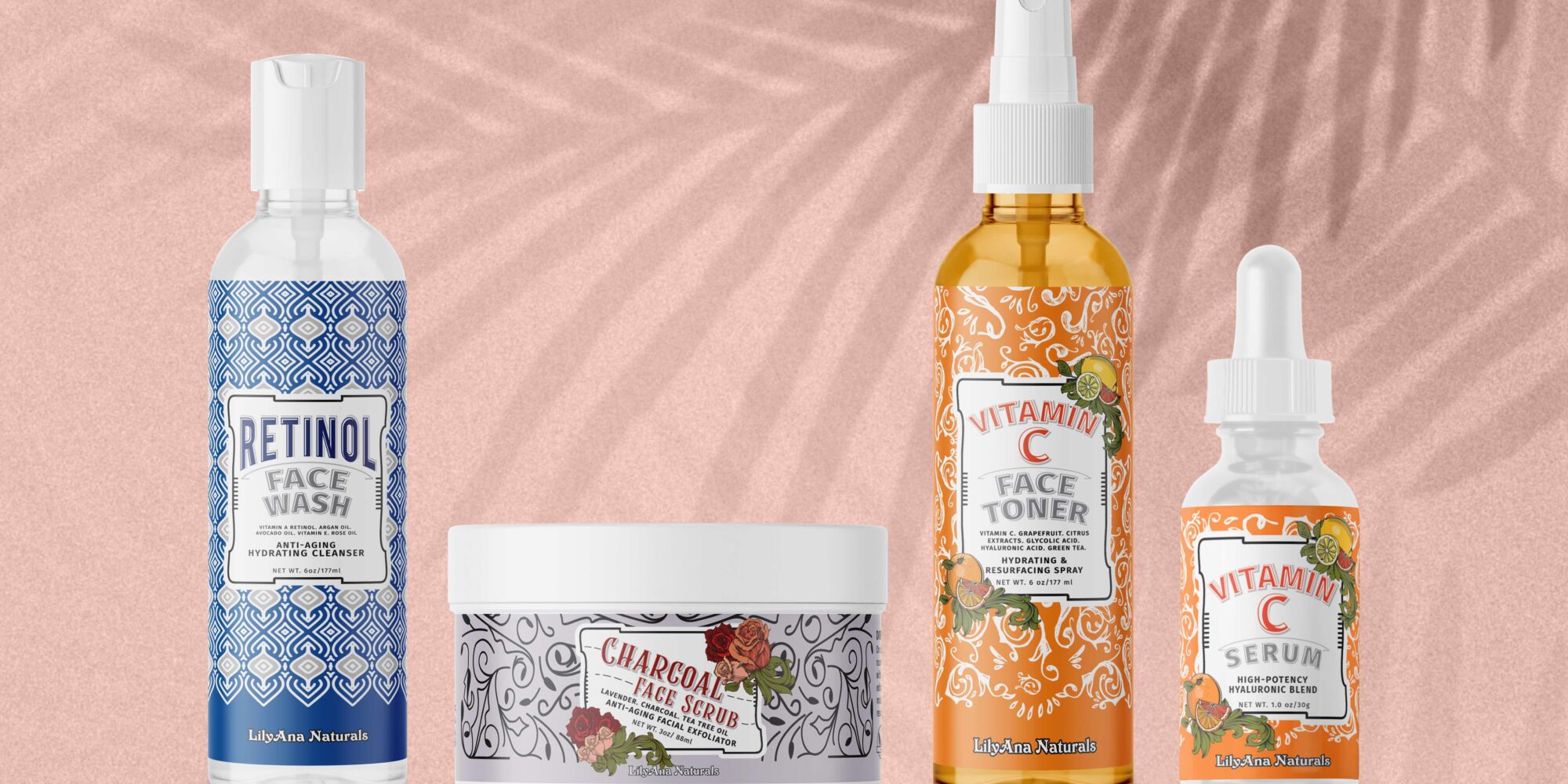
LilyAna Naturals Is A Skincare Leader On Amazon. Can It Become One Beyond It?
Anyone who’s searched for skincare on Amazon has encountered LilyAna Naturals. Launched in 2014, its Retinol Cream, Face Cream, Eye Cream and Vitamin C Serum became bestsellers as consumers flocked to the giant e-tailer for ingredient-driven products. The brand has amassed more than 60,000 positive reviews on Amazon and demonstrated how a beauty business built in a tiny town—it was born in Collinsville, Miss., which has a population of less than 2,000 people—can make it big via e-commerce.
Last year, RDM Partners, an e-commerce brand acquirer and operator founded by Retta Abraham, a former director at RBC Capital Markets, VP at Guggenheim Partners and associate at Barclays Investment Bank, purchased LilyAna and began evolving it from an Amazon-focused brand to a brand that can succeed beyond Amazon. It fleshed out a direct-to-consumer website and recently released 11 products, including Dark Spot Corrector, Super C Face Cream, Vitamin C Eye Cream, Retinol Eye Cream, Retinol Face Wash, Charcoal Face Scrub and Lavender Face Mask, to complement LilyAna’s original four.
If RDM can effectively enlarge LilyAna’s distribution footprint from Amazon to retailers across the country, it will make a statement about Amazon’s power in the skincare sector on and off its platform, and solidify a new digital paradigm of beauty brand development. Beauty Independent spoke with Abraham, now CEO of LilyAna, about transitioning from investment banking to e-commerce acquisitions, the onslaught of Amazon seller aggregators, LilyAna’s retail plans, potential future deals for RDM and its forthcoming fundraising.
Why did you start RDM Partners?
I sold a couple of rollup companies as an M&A banker, and saw that there are synergies and best practices shared across portfolio companies and operational efficiency to holding corporate functions together in one entity to reduce costs. There’s a lot of arbitrage in building smaller companies and, when you hit a certain threshold, the multiples go up. RDM was founded in 2018, and the premise behind it was based on the acquisition, growth and monetization of e-commerce brands.
I acquired my first brand in May of 2018. It’s a novelty drinking horn company called AleHorn. We’re the No. 1 seller of the product in the world, and that’s what I was looking for in my first acquisition. It’s a niche product that was defensible and had the opportunity to grow in terms of brand development. That’s where I cut my teeth on brand development, strategy and learning to scale a brand. From that, I learned about the goods and the bads of managing an e-commerce brand, and dealing with Amazon and Facebook, and I thought, “What’s an opportunity that has greater potential?”
What did people think when you left well-known financial firms?
At the time, I had spent so many years working in institutional organizations. I had a belief in myself, and I wanted to build something of my own and spend more time with my family. The initial feedback was, “Good luck,” but I’m sure they were thinking, “What is this guy doing?” Now, a lot of them are probably thinking, “Wow, he got that one right.” But it was a quite different trajectory for me, and there was a lot of work I had to do separating myself from the investment banking version of myself. I give myself a pat on the back for that initial move, which was the hardest. There was a lot I put on the line for that first step. It was not an easy time, but I’m glad I did it.
What are the goods and bads of Amazon?
I will start with the good. Brands can scale very quickly if you get the advertising right. The Amazon machine is really large. The first holiday I was owner of a brand, we doubled our Amazon sales. That was incredible to watch. Growing a business by 100% has a meaningful impact to cash flow and changes the valuation quickly. It was done through the low-hanging fruit of listing optimization and keyword strategy. If you get the keyword strategy right, it is very powerful.
The space was less competitive at that point. It’s gotten way more competitive, especially in skincare. Similarly, on Facebook, you can scale, but it can be more challenging, but a great video ad can have a meaningful impact, and we saw Facebook work as well. Both of those things worked in my favor in acquiring our first business, and it validated the strategy I had when I left my cushy banking job to begin RDM.
The bad is competitive attacks. Other sellers can hijack your listings. They can sell counterfeit products on your listing. They can leave false reviews. Those reviews show for your brand, and Amazon doesn’t have a good way to manage that. Dealing with sellers that don’t follow the same principles or morals that you do is a big challenge. That was one of the big surprises out of the gate. I was getting 1-star reviews on a counterfeit product, and I couldn’t do anything about it.
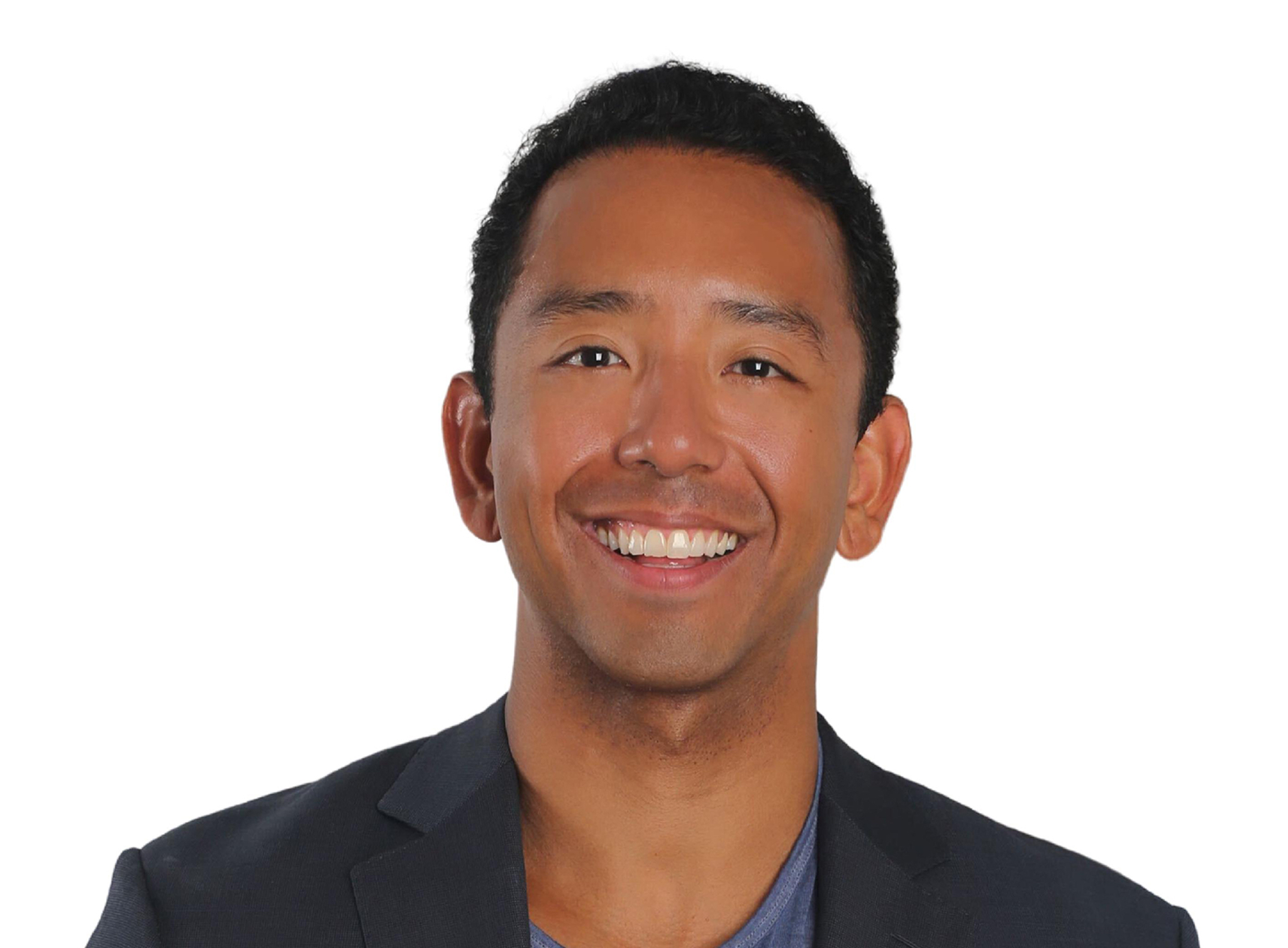
What criteria have you had for assessing acquisitions?
I try to anticipate where demand is growing. So, something that is on trend is important. In this case, it happened to be the trend of clean beauty. I also think that supply chain and operational simplicity is important. LilyAna had four SKUs. It sold only on Amazon, and the manufacturing was all done domestically versus dealing with international logistics and suppliers, which was the experience I had at my other brand. That allows us to focus on scaling it versus managing existing operations.
A wide addressable market is also important. That is the case with skincare. The margin profile is important, too. If margins are tight, it makes scaling really hard. If you have a business with greater margin, it allows for more capacity to invest and grow. The size of the packaging is also very important. Shipping and freight are a very expensive component of e-commerce. So, if you can find products that are smaller with high margin, that’s helpful.
There have been so many new Amazon rollup businesses. What has happened to valuations?
Valuations have changed meaningfully since prior to COVID and prior to the emergence of many of these Amazon business aggregators. Typically, pre-COVID, a 3X multiple trailing 12 months EBITDA is what you thought about with an upfront cash payment with an earn-out over a year or two. With the influx of dollars, for a quality business, we have seen the multiple move to as much as 10X. Of course, that’s structured in different ways with more cash upfront or more backend with less cash. I’ve heard of numbers of 5X cash upfront with another 3X-plus based on performance on a 3-year period.
That’s what’s being paid. I’m not saying that’s my tolerance. My sense is that it is hard to get returns on those numbers in a meaningful way for a single business. It might make sense if there’s a portfolio strategy or you are buying something with specific expertise, but, just as part of a rollup, the numbers don’t work out well at those ranges.
What did you see in LilyAna?
I was really drawn to it right out of the gate. The opportunity for LilyAna is to develop into the brand it’s becoming today, which is taking its dominating position on Amazon in the skincare space and bring that off of Amazon through its DTC component and social media presence and, then, push it into an omnichannel approach by getting into retail.
It’s very exciting now because we are continuing to communicate with customers. They are asking, “When are you doing body? When are you doing hair?” We have launched 11 new products on the website and are starting to get those on Amazon, and we’re thinking forward to what can be next for next year. It’s exciting to think about us being a brand outside of being an Amazon-focused brand.
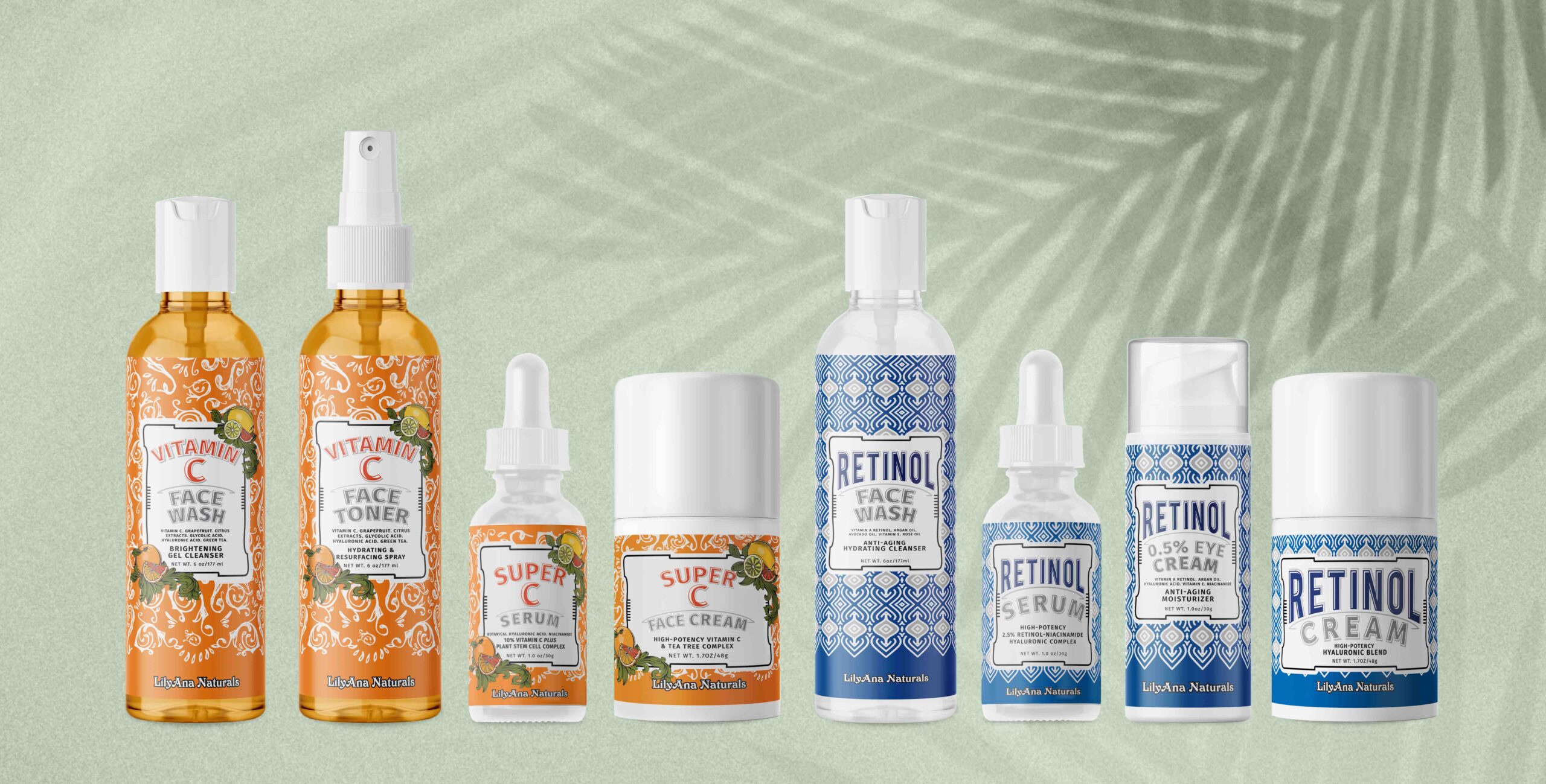
What are the retail prospects?
Retail is a very important part of the buildout of the story and the business to diversify revenue streams and raise customer awareness. Traditional retail is still the dominant source of sales. Pre-COVID, 80% to 85% of sales happened in retail. Post-COVID, I have heard numbers in the 70% to 75% range, meaning it’s a meaningful portion of the pie.
We have begun the process of reaching out retailers, and retailers have reached out to us. We expect to be in one retailer across the nation soon in 5,000 stores. Our hope is to be in a number of quality retailers that align with our customer demographic and where we think we will have the most success. That’s different from other strategies where people put their products in stores just to be in stores. We are being much more strategic about the retailers that will be the best fit for the brand.
Who is the core LilyAna consumer?
It’s almost 90% to 95% women who buy our products. She’s a woman in her 30s, maybe just starting to show signs of aging or who has concerns about aging. She’s typically a mom with a couple of kids and a pet. She’s a working woman, and she has hobbies. She enjoys wellness and taking care of herself. She can be sophisticated about her skincare routine, but there’s a range. So, we try to make it easy for our customers with a skincare quiz on our website.
We think the Amazon customer is a slightly different demographic from our DTC customer. We are observing that the Amazon customer may be more price sensitive, and the DTC customer is less price sensitive and may be looking for more of an experience and recommendations from customer service. She’s willing to spend more versus the customer that comes to Amazon to buy the Retinol Cream.
We have a customer service team that’s very knowledgeable. There are a number of products on our website now that aren’t available on Amazon. We offer sets. If someone were to go through and take the skincare quiz and get one of the sets recommended to them, it might be comprised of several products not on Amazon now. Customers spend a little bit more in our store versus the single-product purchase on Amazon. We also have launched mini versions of each of our products on our website. So, we have a total of 15 products in full size and also in travel size.
Like most Amazon-born brands, LilyAna Naturals previously didn’t highlight its backstory. How do you change that as you try to brand it?
The identity of a brand and who’s behind it is really important, and it’s one of the core pillars of our strategy. We are considering how to position ourselves, and are in the process of getting the word out to the public about who LilyAna is and who we are. My sister Menna Samaha is the co-owner, and we have been doing desksides together. We want to be out there as owners to our customers, if they are interested in finding out, but the story isn’t really about us. The story is about the roots of LilyAna. It was founded in Mississippi and is a homegrown business. It was named after the daughters—Lily and Anna Belle—of our director of operations that lives in Mississippi. They are 7 and 9 years old. They are the heroes of the story, and the people we would like to celebrate.
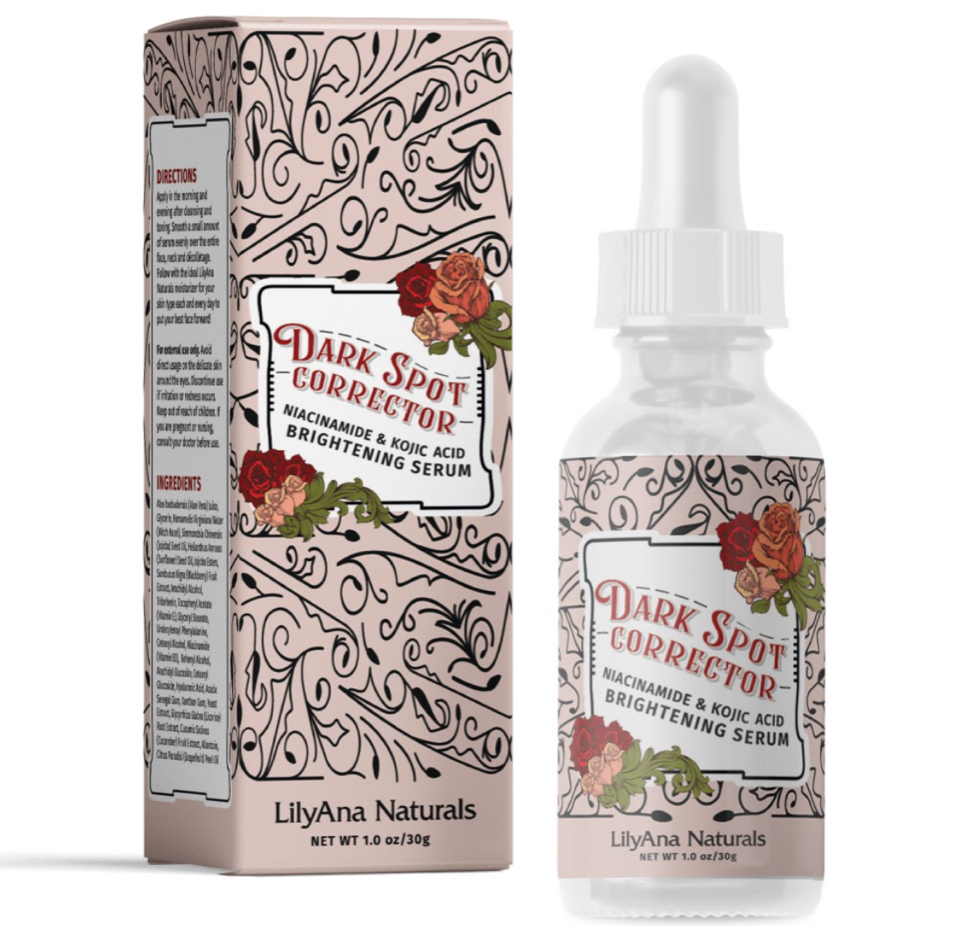
When you originally took over LilyAna, what did you do?
Our focus was a bit of the same playbook, which was really about the optimization of listings and keyword strategies, building out the Amazon storefront, adding in A-plus content and really being thoughtful about the photography and how we describe the benefits of the products. That was the low-hanging fruit. We have done other things like adding bundles or subscribe and save. It took us a while to get the advertising dialed in, specifically the optimization of sponsored ads and display advertising. We are happy and pleased with the progress we have made. We have grown the business by over 100%, closer to 150% starting from first ownership to where we are today.
What’s your take on the exuberance in the Amazon aggregator space right now?
A lot of people have jumped in. Carlos [Cashman] and Joshua [Silberstein] were developing Thrasio alongside me. They went much faster and took off during COVID. Everyone has been trying to catch up to them since. I will share with you one story of the experience that nobody talks about: the failure. At 101 Commerce, [founder Richard Jalichandra’s] vision was to hold 101 brands. He did seven or nine or so, and the numbers were moving in the wrong direction. He really didn’t have knowledge about, when a SKU falls off, how do you bring it back up? When that happens across the portfolio and you have supply issues, it can quickly go in the other direction. That’s what happened with him, and investors got scared.
I believe there will be falloff in the community. The way the math works is that, if you buy a business for let’s say 2X, that means you are paying 2X the earnings. So, for every dollar you invest, you are going to get 50 cents back, so that’s a 50% yield. Let’s say the multiples have gone up to 3X, that means there’s a 33% yield. For every dollar you invest, you get 33 cents back. If you are paying 4X, that’s 25% yield. As the multiples are going up, the yields are going down.
In favor of these acquisitions, traditional capital is currently incredibly cheap. However, I was hearing that venture-backed debt, which has funded many of these funds, has been charging 15% to 20%. All of a sudden, at 20% cost of capital, and you are paying a 5X multiple, there’s very little profit to continue to invest in the business. A lot of the acquisitions are predicated on assumed growth. If some of the acquisitions don’t grow meaningfully, that’s going to be challenging.
The other comment I will make is that the market is so big. I was attracted to the market because it was not yet professionalized. I remember going to a conference and seeing a lot of sellers and going, if they could get organized, this could be a huge opportunity. There are still plenty of deals out there. Amazon isn’t going anywhere. So, there are a lot of factors that work in favor of these aggregators. I think those with operational expertise will be successful, especially if they have the capital to scale.
What about other deals for RDM?
The cost of acquisitions has gone up in a meaningful way to where it’s hard to get a really good deal. From an investor perspective, that’s what you look for. My strategy at this time is to focus my energy on the growth of LilyAna. It has a ton of potential. And, through that, I want to look at other opportunities to build the business with M&A.
I am interested in staying in the space, and I’m interested in M&A from the strategic perspective of potentially buying other brands that have knowledge in an area that we may have less expertise in or buying into a channel where may have less expertise, and also to expand offerings into new segments such as body or hair. I have moved away from M&A for the sake of rolling up businesses to have a number of disparate businesses in a portfolio. The best return on my energy is going to be the growth of LilyAna. I’m in discussions with other sellers on and off Amazon, and M&A could be a tool to accelerate growth.
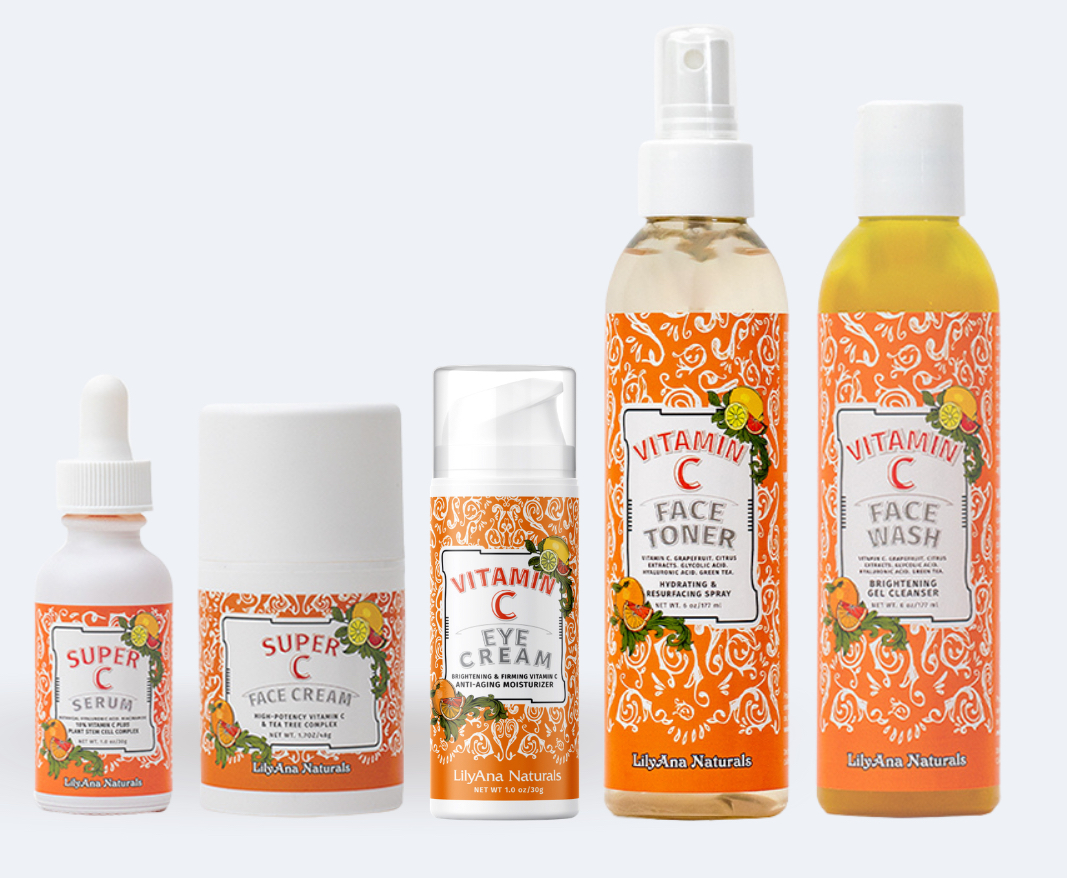
What about RDM possibly raising funds?
We are really excited about talking to venture capital. This year has really been a year of building and establishing our brand. Human capital is going to be really important and finding the right advisors. We are not in a position where we need money, but we would love to have a great set of strategic partners, so have begun discussions with investment bankers and venture capital funds. The intention is to pursue a round in earnest in the second half of this year.
What are the biggest challenges you face in getting LilyAna to where you want it to go?
The landscape is changing a bit and having a very clear strategic vision is going to be important. The vision is not just for a one- or two-year period, but three, four or five. Assembling a team is one of the most important things to do in the near term. We have a great team already, but we need to continue to evolve it, and human capital can open the door to relationships.
Customer acquisition costs are high, and I don’t see that changing any time soon. So, innovation around how to market will be really important. That’s something I challenge myself and my team with every day. How can we be very thoughtful about how to market our wonderful products to the next customer?


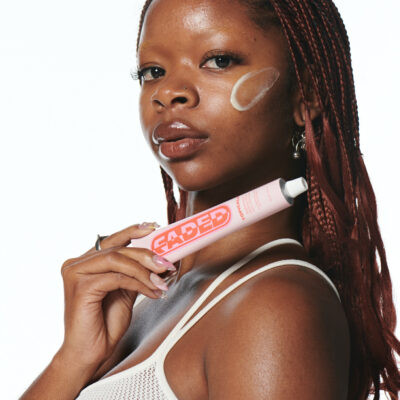

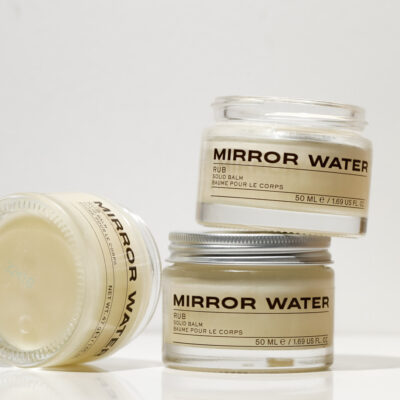
Leave a Reply
You must be logged in to post a comment.